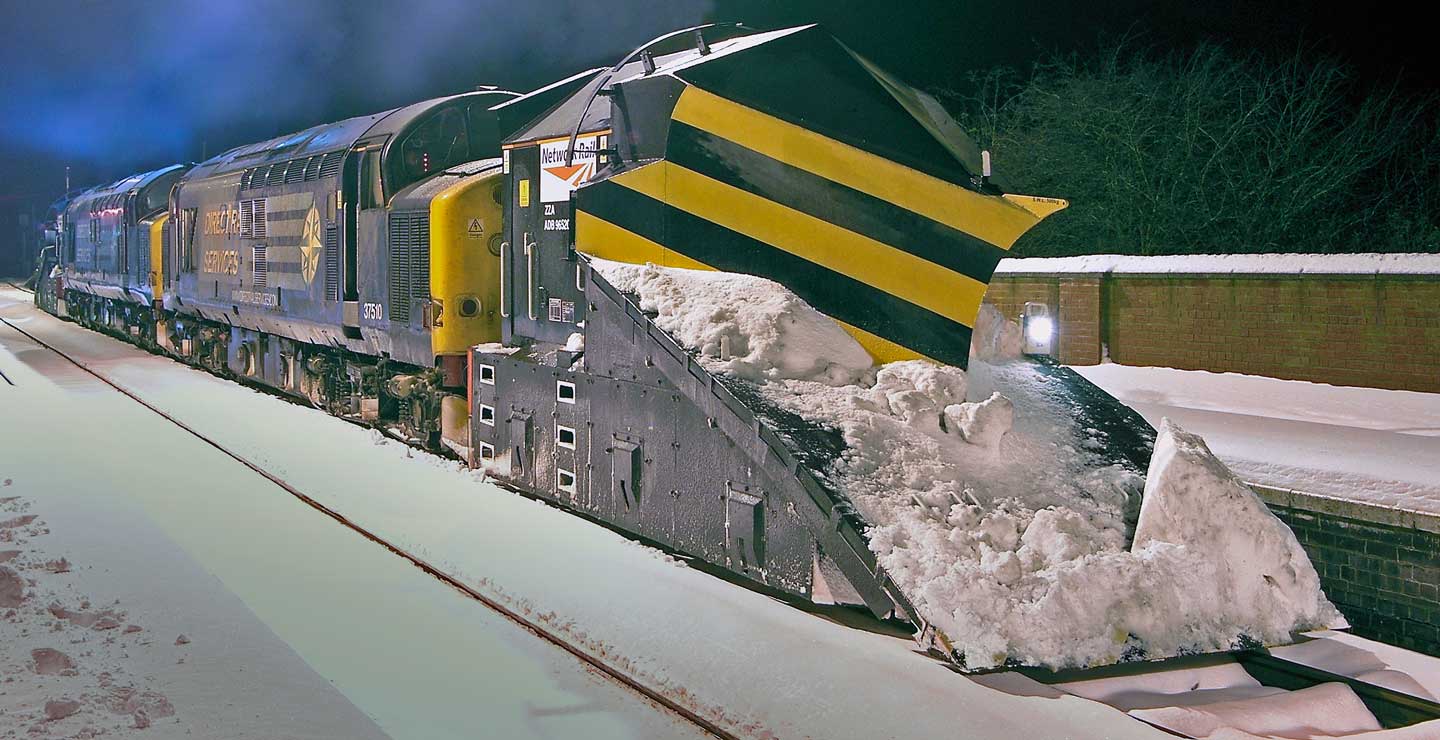Winter Weather Disruption
Just like road and air travel, the winter weather can pose challenges for the rail network – and potential dangers to passengers. Its effects range from speed restrictions on exposed routes, to the suspension of train services.
High winds can blow objects on to the line and heavy rain can cause flooding and landslips, which means trains must stop until the line is cleared, and a thorough safety inspection of the track is carried out.
Snow and ice, in particular, can cause significant issues. In very cold weather, snow and ice can build up on the tracks blocking points, the equipment that allows trains to move between tracks.
Ice can coat the electrified third rail and overhead power cables, preventing rains from drawing the power they need to run and leaving them stranded. Icicles on tunnels, bridges and other structures can also damage trains and overhead power cables.
In very snowy weather where snow lies deeper than 30cm, trains can't run safely unless they have been fitted with snow ploughs. To help keep passengers moving we operate a special winter fleet, complete with snowploughs, hot air blowers, steam jets, brushes, scrapers and anti-freeze to clear snow and ice from the tracks.
We use technology, such as visual and thermal imaging from our helicopter and drones, to help us identify issues before they become a problem and respond as fast as possible.
When snow is forecast we work with train operators to fit snow plough attachments to the front of passenger trains. Our winter timetables also allow empty passenger trains, known as ghost trains, to be run overnight to keep the tracks clear of snow and ice.
Thousands of our people work around the clock in all weathers, monitoring, maintaining and repairing the tracks so that we can run a safe and reliable service.
So, this winter, make sure you check before you travel.

